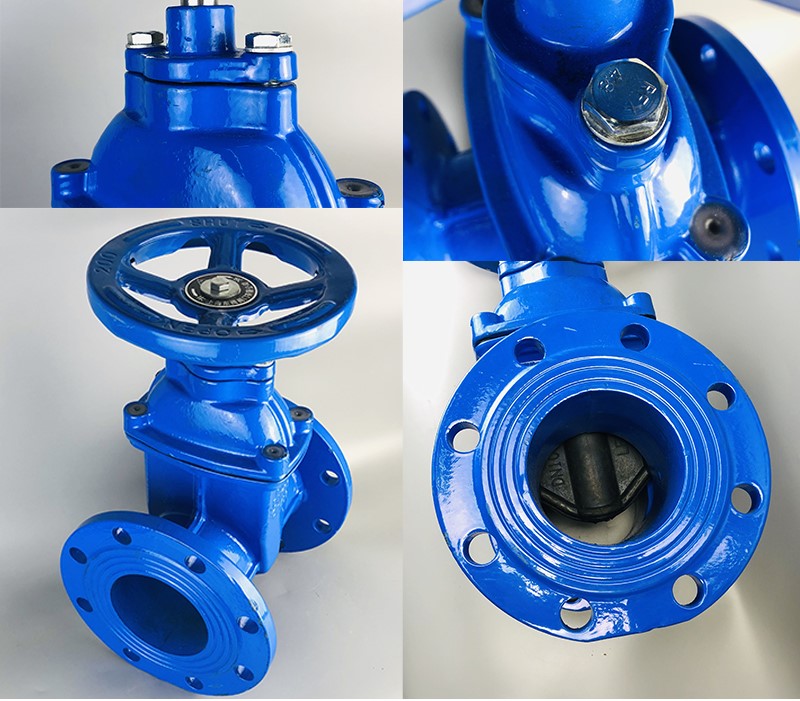Electric Valve Controlled Exhaust System for Enhanced Performance and Efficiency
Understanding Electric Valve Exhaust Systems
In recent years, the automotive and industrial sectors have experienced a significant shift towards the adoption of advanced technologies that enhance performance, efficiency, and environmental sustainability. One of the standout innovations in this realm is the electric valve exhaust system. This system is designed to optimize engine performance and improve fuel efficiency while minimizing emissions, marking a significant advancement in exhaust technology.
What is an Electric Valve Exhaust System?
An electric valve exhaust system utilizes electrically actuated valves to control the flow of exhaust gases from the engine to the atmosphere. Unlike traditional exhaust systems that rely solely on mechanical systems, electric valve systems offer precision control over when and how exhaust gases are expelled. This capability not only enhances engine performance but also plays a crucial role in meeting stringent environmental regulations.
Key Components
The core components of an electric valve exhaust system include electric actuators, exhaust valves, sensors, and a control unit. The electric actuators are responsible for opening and closing the exhaust valves based on real-time data received from various sensors. These sensors monitor parameters such as engine speed, load, temperature, and even vehicle speed to determine the optimal timing for exhaust flow modulation. The control unit processes this data and sends commands to the actuators, ensuring that the system operates efficiently.
How Does It Work?
The operation of an electric valve exhaust system can be broken down into a few essential phases
1. Data Collection Sensors continuously gather data related to engine performance and environmental conditions.
2. Control Logic The control unit analyzes the collected data and determines the desired position of the exhaust valves. It considers factors such as performance demands, fuel efficiency, and emissions control.
3. Actuation Based on the control logic, the electric actuators open or close the valves as required. This modulation allows for improved exhaust flow characteristics, enabling better vehicle performance under different driving conditions.
electric valve exhaust system

4. Feedback Loop The system constantly monitors the results of its actions, adjusting valve positions in real-time to maintain optimal performance and compliance with emissions regulations.
Benefits of Electric Valve Exhaust Systems
1. Enhanced Performance By optimizing exhaust flow, electric valve systems can improve engine responsiveness and power output. The ability to adjust exhaust characteristics based on driving conditions leads to more dynamic and efficient performance.
2. Fuel Efficiency With precise control over exhaust flow, these systems can help reduce fuel consumption. Controlling when and how exhaust gases are released allows engines to operate at their most efficient levels, contributing to better mileage.
3. Reduced Emissions Electric valve exhaust systems play a crucial role in meeting modern emissions standards. By precisely managing exhaust flow, these systems help to minimize the release of pollutants, such as nitrogen oxides (NOx) and particulate matter, into the atmosphere.
4. Drive Mode Adaptability Many electric valve exhaust systems can be configured to adapt to different driving modes. For example, in a sport mode, the system may allow for a more aggressive exhaust flow for enhanced performance, while in an eco mode, it could prioritize fuel efficiency and reduced emissions.
5. Improved Sound Control These systems also offer the ability to manage exhaust sound profiles, allowing manufacturers to tune the sound produced by the engine to enhance the driving experience. This feature is particularly popular among performance vehicle manufacturers.
Challenges and Future Prospects
While electric valve exhaust systems present numerous benefits, they also face challenges. The complexity of the system requires careful integration with existing vehicle architecture, proper calibration, and reliable electric components. Additionally, advancements in battery technology and electric actuation are crucial for the further development of these systems, especially in electric and hybrid vehicles where energy efficiency is paramount.
In conclusion, electric valve exhaust systems are revolutionizing the way we think about exhaust management in vehicles and industrial applications. By maximizing performance and efficiency while minimizing environmental impact, these systems represent a significant step forward in automotive and industrial technology. As research and development continue, we can expect even more innovative solutions to emerge, paving the way for cleaner, more efficient, and higher-performing engines in the future.
-
The Key to Fluid Control: Exploring the Advantages of Ball Valves in Industrial SystemsNewsJul.09,2025
-
The Versatile World of 1, 2, and 3 Piece Ball ValvesNewsJul.09,2025
-
Stainless Steel Ball Valves: The Ideal Choice for Efficient Flow ControlNewsJul.09,2025
-
Optimizing Fluid Control with Ball Float ValvesNewsJul.09,2025
-
Manual Gate Valves: Essential for Control and EfficiencyNewsJul.09,2025
-
Everything You Need to Know About Butterfly ValvesNewsJul.09,2025
-
The Versatility of Wafer Type Butterfly ValvesNewsJul.08,2025




